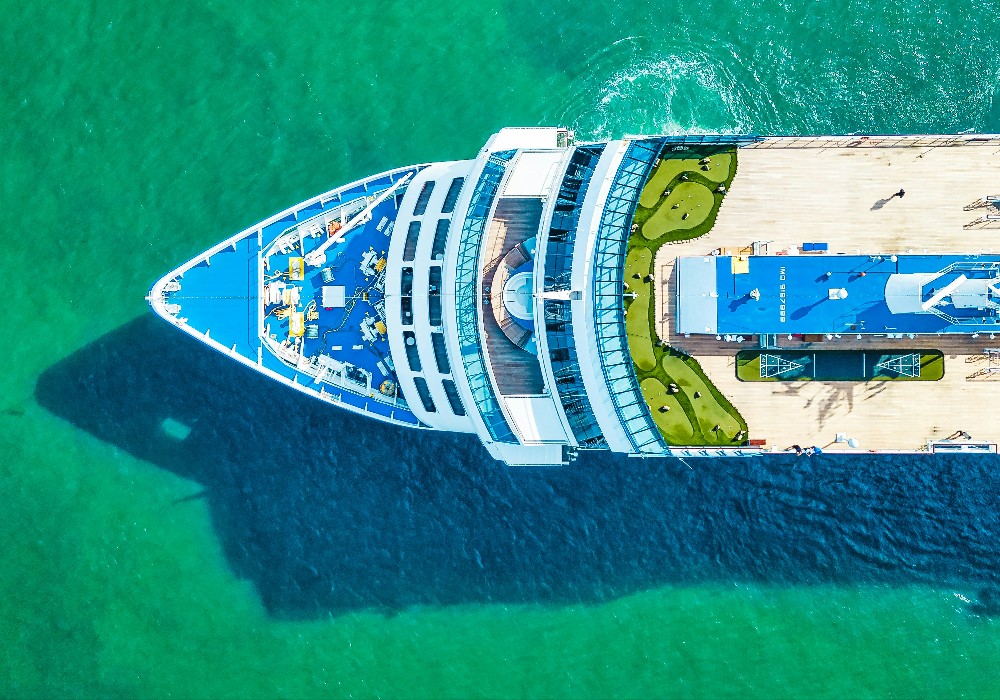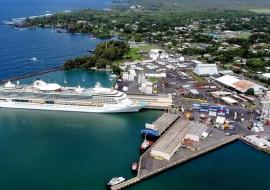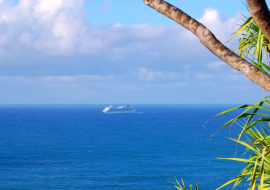CLIA Reports Significant Advances in Environmental Technologies, Sustainable Practices

On September 6, Cruise Lines International Association (CLIA), a key organization in the global cruise industry, released its Annual Report on Environmental Technologies and Practices of the Global Cruise Industry. This report highlights the industry's continued strides in environmental sustainability, emphasizing investments in new vessels and technologies aimed at adopting transitional and alternative fuels.
"Cruise lines are making steady progress in reducing emissions both at sea and in port, aiming to achieve net-zero emissions by 2050," stated Kelly Craighead, President and CEO of CLIA. "The 2024 Environmental Technologies Report showcases these efforts, particularly the investment in engines adaptable for future renewable energy sources and the integration of a variety of environmental technologies to advance the industry's sustainability goals."
Key Findings from the 2024 Environmental Technologies and Practices Report:
Fleet Overview
The oceangoing fleet of CLIA members now consists of 303 ships with a total capacity of 635,000 lower berths, operated by 45 cruise lines, which together account for 90% of global cruise capacity. This marks an increase of 3.6% in fleet size and 3.34% in capacity compared to last year.
Most of the vessels in the CLIA member fleet are small to medium-sized:
- 35% of ships have fewer than 1,000 lower cabins.
- 38% have between 1,000 and 3,000 lower cabins.
- 26% have more than 3,000 lower cabins.
Fuel Flexibility
CLIA member cruise lines are also investing heavily in fuel-flexible ships and engines. These investments include the ability to use renewable biodiesel, “green” methanol, and liquefied natural gas (LNG). Future LNG-capable vessels will be able to switch to near-zero-emission fuels like bio- or synthetic LNG without requiring mechanical modifications.
Currently, 19 vessels (7% of the fleet and 13% of global capacity) use LNG as their primary fuel, offering virtually zero sulfur and particulate emissions, reducing nitrogen oxide (NOx) emissions by approximately 85%, and cutting greenhouse gas emissions by up to 20%. The issue of methane slippage, a challenge for LNG engines, is being addressed, with some in the industry targeting leakage rates of less than 1% in the coming years.
Selective Catalytic Reduction (SCR) Technology
71 vessels, representing 25% of the fleet and over 20% of global capacity, are equipped with SCR systems—an increase of 34% compared to 2023. SCR technology is crucial for reducing particulate matter and NOx emissions, helping ships comply with the International Maritime Organization’s Tier III standards.
Shore Power Supply (OPS)
Connecting to shore power allows ships to turn off their engines while docked, significantly reducing emissions by up to 98%, depending on the energy mix. Currently, 147 vessels (52% of the fleet and 61% of capacity) are OPS-capable, a 23% increase from last year and a 167% rise since 2018. By 2028, 239 ships are expected to have OPS capabilities.
However, only 35 cruise ports globally have OPS facilities, with an additional 22 ports receiving funding for infrastructure and 16 more planning installations. CLIA advocates for more extensive shore power infrastructure to further decrease port emissions.
Advanced Wastewater Treatment Systems (AWTS)
A large portion of the CLIA cruise fleet uses advanced wastewater treatment systems, exceeding the requirements of MARPOL Annex IV and, in some cases, outperforming land-based treatment facilities. Currently, 225 ships (80% of the fleet, representing 84% of global capacity) are equipped with AWTS, an 11% increase from 2023 and a 65% increase since 2018.
Freshwater Production
A majority of CLIA member ships are capable of producing freshwater onboard. Of the 267 vessels able to generate freshwater, 172 ships—nearly 60% of the fleet—can produce enough to meet their entire consumption needs.
This comprehensive report underscores the cruise industry's commitment to achieving sustainability targets and reducing its environmental footprint through ongoing investments in innovative technologies and practices.














